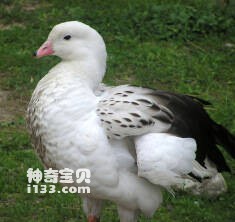
Andean Goose
Andean Goose,Chloephaga melanoptera
Chloephaga melanoptera (Chloephaga melanoptera), a foreign language name And···
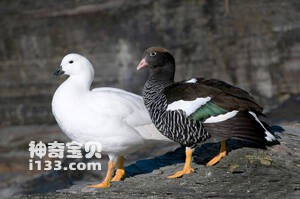
Chloephaga hybrida
Chloephaga hybrida,Kelp Goose
Chloephaga hybrida, Kelp Goose, has two subspecies.The white grass goose liv···
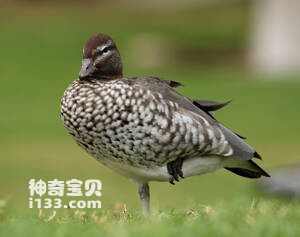
Chenonetta jubata
Chenonetta jubata,Australian Wood Duck
Australian Wood Duck (Chenonetta jubata), no subspecies.Maned forest ducks l···
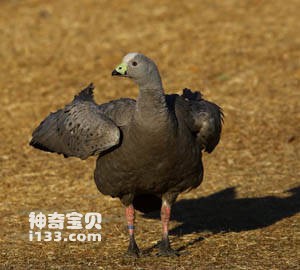
Cereopsis novaehollandiae
Cereopsis novaehollandiae,Cape Barren Goose
The Australian grey Goose (Cereopsis novaehollandiae) has two subspecies, Ca···
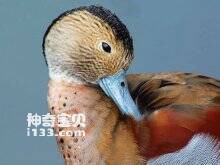
Callonetta leucophrys
Callonetta leucophrys,Ringed Teal
The ringnecked duck (Callonetta leucophrys), also known as Ringed Teal, is a···

Cairina moschata
Cairina moschata,Muscovy Duck
The Muscovy Duck (Cairina moschata) has no subspecies. The body color of art···
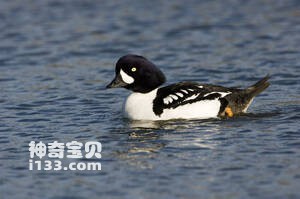
Bucephala islandica
Bucephala islandica,Barrow’s Goldeneye
Barrow's Goldeneye (Bucephala islandica) is a medium-sized water duck.Na···
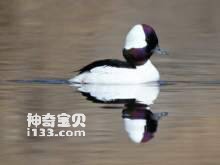
Bucephala albeola
Bucephala albeola,Bufflehead
Bufflehead (scientific name: Bucephala albeola), no subspecies.White pillow ···

Bucephala albeola
Bucephala albeola,Bufflehead
Bufflehead (scientific name: Bucephala albeola), no subspecies.White pillow ···
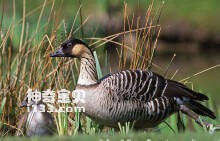
Branta sandvicensis
Branta sandvicensis,Hawaiian Goose
The wild Goose (Branta sandvicensis) is known as Hawaiian Goose without subs···
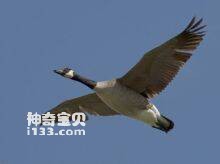
Branta canadensis
Branta canadensis,Canada Goose
The Canadian Barnacle Goose (Branta canadensis) is known as Canada Goose. Ac···
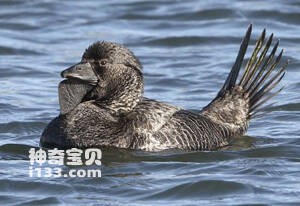
Biziura lobata
Biziura lobata,Musk Duck
Musk Duck (Biziura lobata), the male musk duck is the largest teal in Austra···
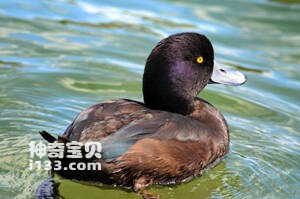
Aythya novaeseelandiae
Aythya novaeseelandiae,New Zealand Scaup
The New Zealand submerged duck (Aythya novaeseelandiae), also known as New Z···
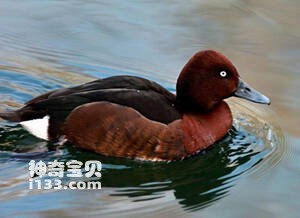
Aythya innotata
Aythya innotata,Madagascar Pochard
The Madagascar Pochard (Aythya innotata) is an animal of the genus Madagasca···
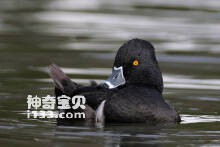
Aythya collaris
Aythya collaris,Ring-necked Duck
The Ring-necked Duck (Aythya collaris) has no subspecies.The ringnecked dive···
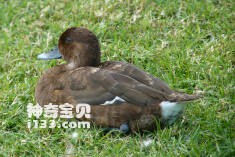
Aythya australis
Aythya australis,Australian White-eyed Duck,Hardhead,White-eyed Duck
The Australian submerged Duck (Aythya australis) is a species of bird in the···

Aythya americana
Aythya americana,Redhead
American submerged duck (Aythya americana) Redhead, no subspecies.The Americ···
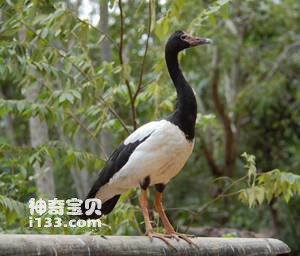
Anseranas semipalmata
Anseranas semipalmata,Magpie Goose
The Magpie Goose (Anseranas semipalmata) has no subspecies.After the breedin···
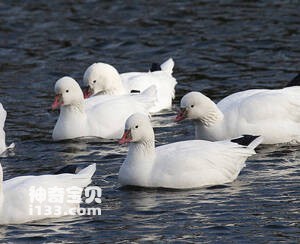
Anser rossii
Anser rossii,Chen rossii,Ross’s Goose
Anser rossii is Ross's Goose, no subspecies.The behavior and habits of t···
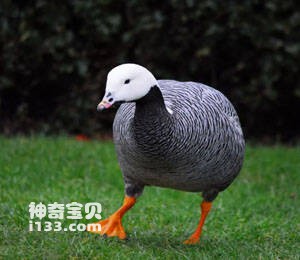
Emperor Goose
Emperor Goose,Emperor Goose
The Emperor Goose (Anser canagicus) is a large, individual bird of the genus···
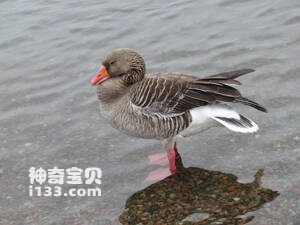
Pink-footed Goose
Pink-footed Goose,Anser brachyrhynchus
The footed Goose (Anser brachyrhynchus) is a large, relatively heavy bird of···
